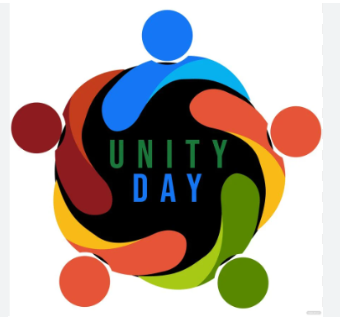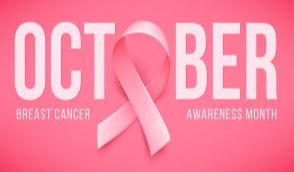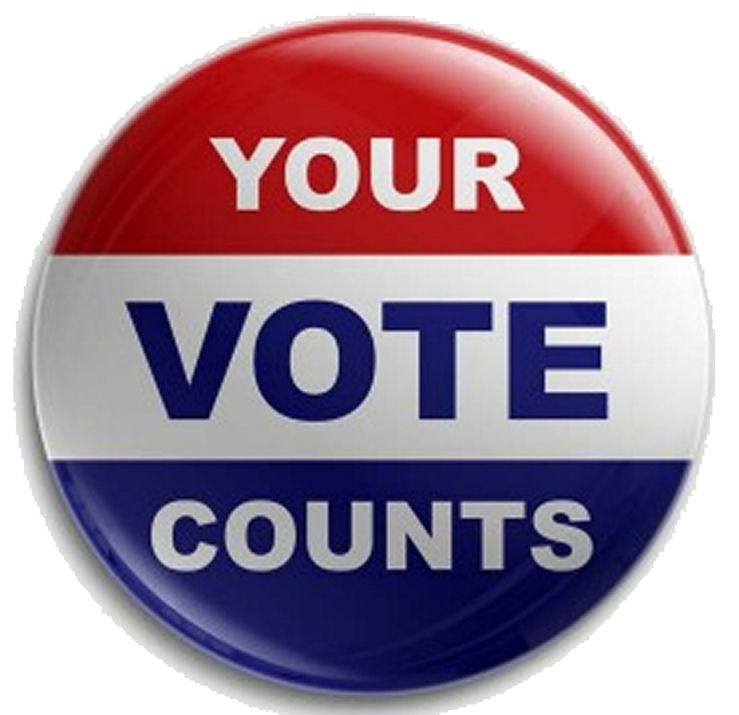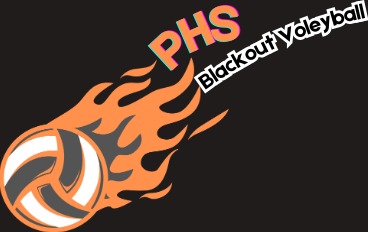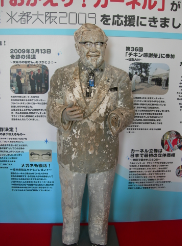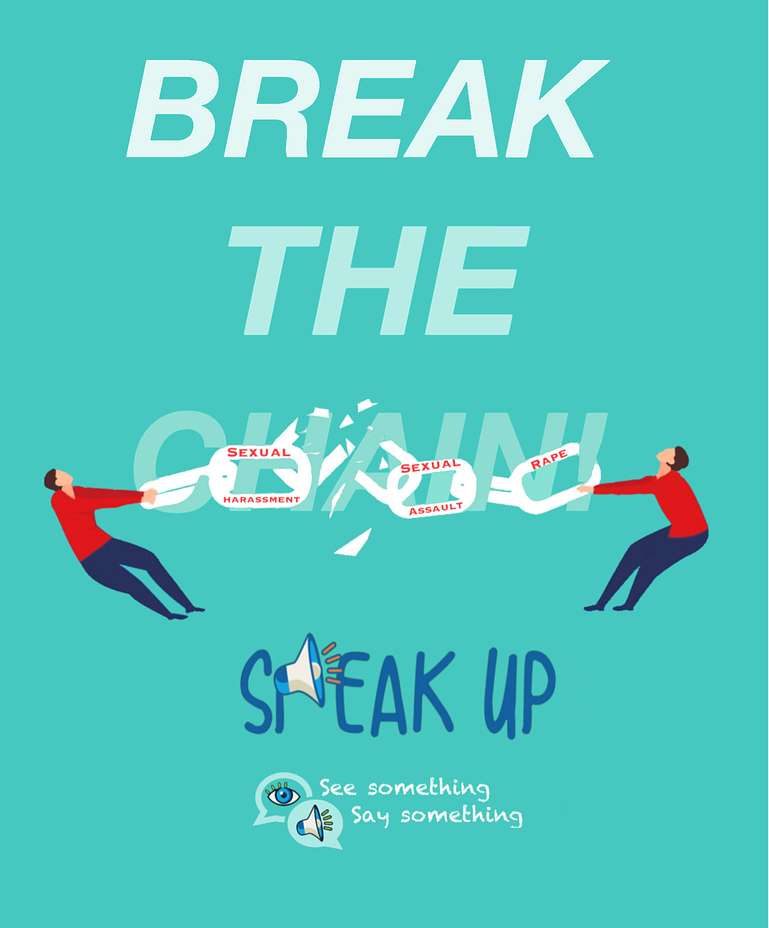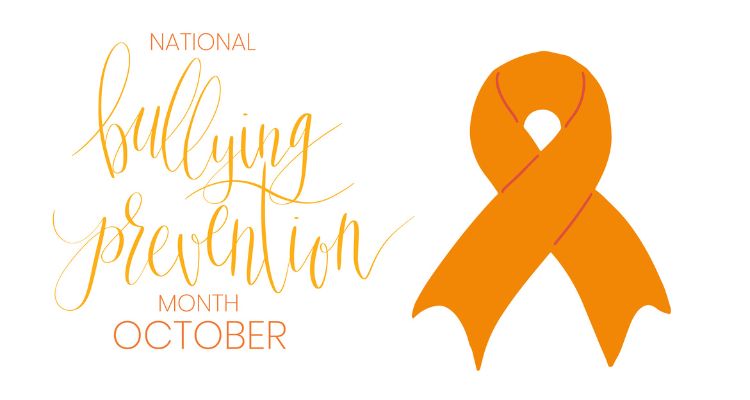October has many fun festivities and awareness topics but it is also Dysautonomia Awareness Month. Most people don’t know much about dysautonomia however it is a pretty common disease. Dysautonomia is a disorder that messes up your ANS (Autonomic Nervous System) and it can make it very hard to do everyday tasks. The ANS is the system in your body that controls things like heart rate, blood pressure, breathing and other functions that you don’t have to think about doing because your body controls it on its own. Having a disruption in your autonomic nervous system can cause a wide range of problems depending on what is the root problem. Dysautonomia can either be a condition that happens on its own or it can be caused by things like other underlying conditions, or long COVID.
There are many different types of Dysautonomia however the most common is Postural Orthostatic Tachycardia Syndrome or POTS. POTS is a condition in which your blood flow decreases to your heart when you stand or make other movements and pools at your feet. This causes your heart rate to increase and over exert, making you feel symptoms such as dizziness, headaches, syncope (fainting), severe fatigue, and much more. POTS most commonly occurs in women ages 15 to 50 but can happen to anyone.
Dysautonomia can be very hard to diagnose because it requires a tilt table test. This is a test where the patient is strapped to a board and various heart rate and blood pressure monitors attached to observe the heart rate increase as the table is tilted upwards. Sometimes however your symptoms don’t show up on the monitor at that specific time so many patients are told the symptoms are all in their head. Even if you are diagnosed with dysautonomia there is no cure, some patients have more severe symptoms that stay with them their whole lives and some have mild symptoms that fade as the years go on. Fortunately there are plans for patients and some methods that can help like increasing salt and water intake, doing low impact exercise, taking rest and reducing standing time.
Dysautonomia is a real but unknown disease and deserves to be known more about. Spreading awareness in October can encourage research, help people get diagnosed, find help, and improve care.

